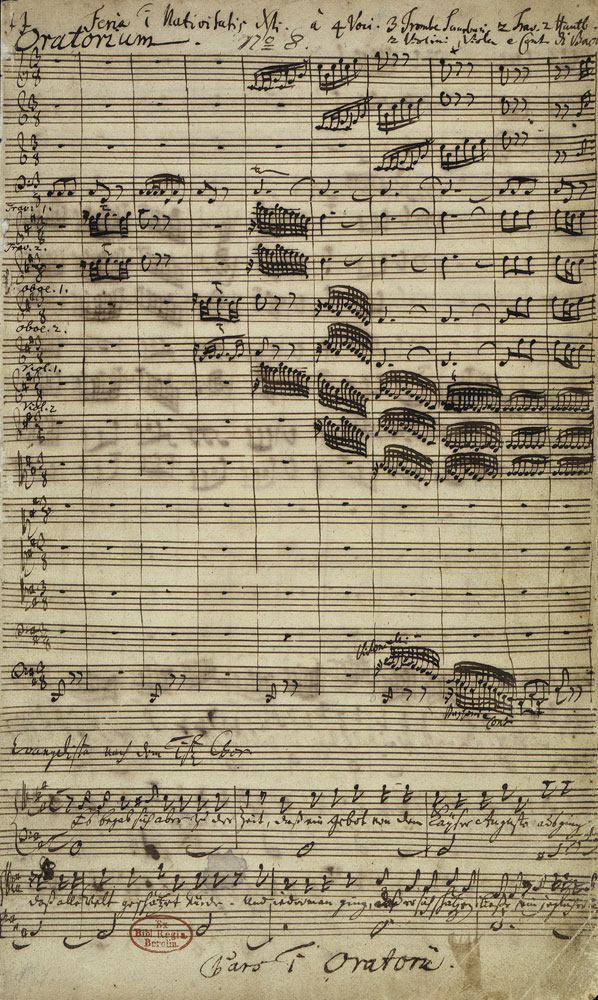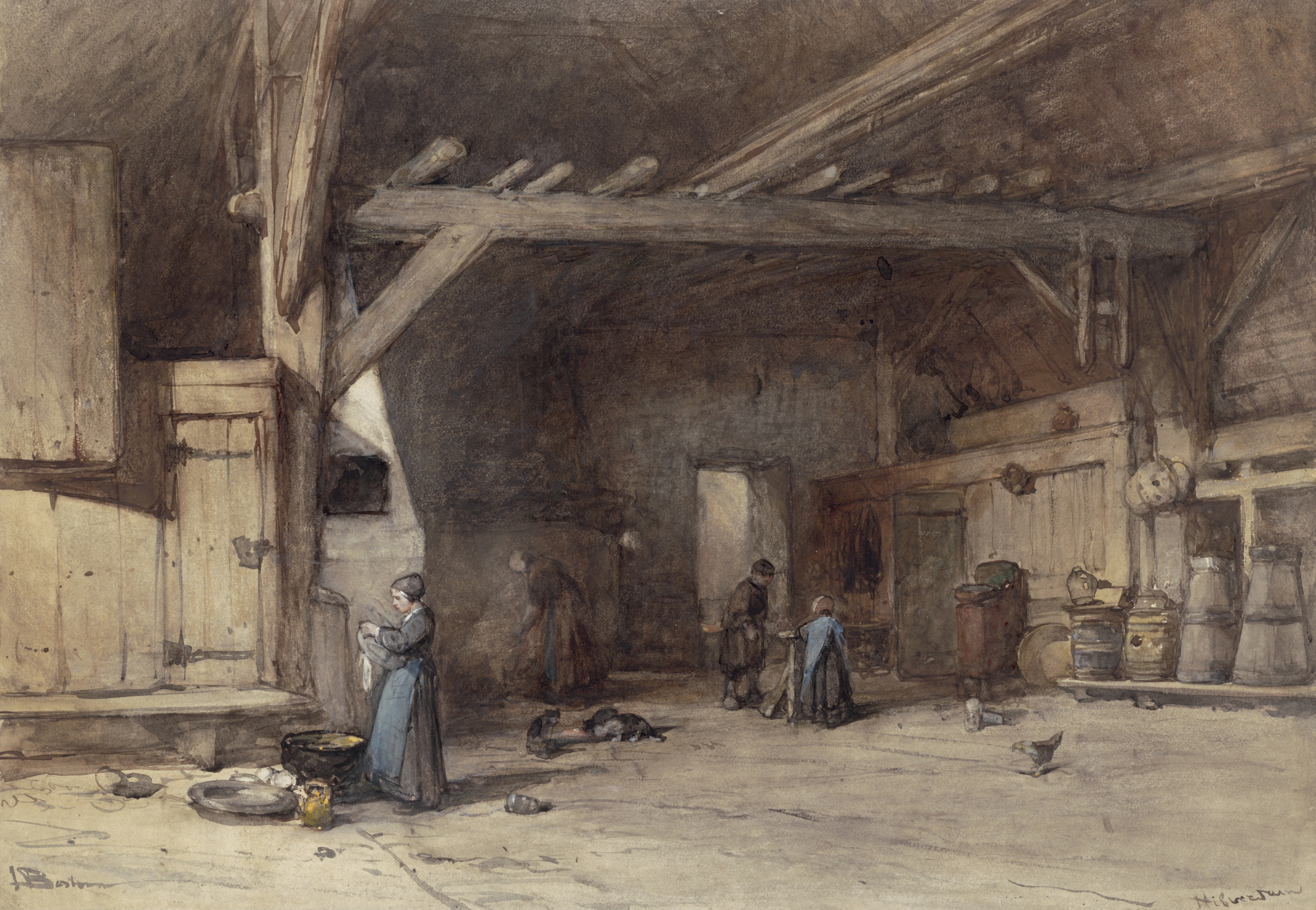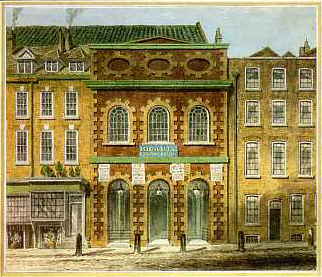|
Caroline Stam
Caroline Stam is a Dutch Dutch commonly refers to: * Something of, from, or related to the Netherlands * Dutch people () * Dutch language () Dutch may also refer to: Places * Dutch, West Virginia, a community in the United States * Pennsylvania Dutch Country People E ... classical soprano who has an international (European) performing career specializing in baroque repertoire, reinforced by a distinguished presence in modern recordings (see below). Education Stam studied voice at the Sweelinck Conservatory Amsterdam with Erna Spoorenberg, graduated with honours, and continued in master classes with Elly Ameling. Career Stam has performed in recital in Germany, France, Spain and Great Britain with conductors such as Iván Fischer, David Willcocks and Ton Koopman. She appeared at the Festivals La Folle Journée in Nantes and the Bremer Bachfest. In 1995 she won first prize at the Grimsby International Competition in the categories Soprano as well as interpretation of ... [...More Info...] [...Related Items...] OR: [Wikipedia] [Google] [Baidu] |
Conservatorium Van Amsterdam
The Conservatorium van Amsterdam (CvA) is a Dutch conservatoire of music located in Amsterdam. This school is the music division of the Amsterdam University of the Arts, the city's vocational university of arts. The Conservatorium van Amsterdam is the largest music academy in the Netherlands, offering programs in classical music, jazz, pop, early music, music education, and opera. History The oldest predecessor of the Conservatorium van Amsterdam was founded in 1884 as the Amsterdamsch Conservatorium, four years before the completion of the Concertgebouw. In 1920, a competing music academy was established in Amsterdam by a society called 'Muzieklyceum'. The Bachzaal, used by the Amsterdamsch Conservatorium, was completed in 1931. In 1976, the Amsterdamsch Conservatorium, Conservatory of the Muzieklyceum Society, and the Haarlems Muzieklyceum merged to form the Sweelinck Conservatorium. This "new" academy of music moved to the former savings bank building in the Van Baerlestra ... [...More Info...] [...Related Items...] OR: [Wikipedia] [Google] [Baidu] |
Christmas Oratorio
The ''Christmas Oratorio'' (German: ''Weihnachtsoratorium''), , is an oratorio by Johann Sebastian Bach intended for performance in church during the Christmas season. It is in six parts, each part a cantata intended for performance on one of the major feast days of the Christmas period. It was written for the Christmas season of 1734 and incorporates music from earlier compositions, including three secular cantatas written during 1733 and 1734 and a largely lost church cantata, BWV 248a. The date is confirmed in Bach's autograph manuscript. The next complete public performance was not until 17 December 1857 by the Sing-Akademie zu Berlin under Eduard Grell. The ''Christmas Oratorio'' is a particularly sophisticated example of parody music. The author of the text is unknown, although a likely collaborator was Christian Friedrich Henrici ( Picander). The work belongs to a group of three oratorios written in 1734 and 1735 for major feasts, the other two works being the ' ... [...More Info...] [...Related Items...] OR: [Wikipedia] [Google] [Baidu] |
Johann Sebastian Bach
Johann Sebastian Bach (28 July 1750) was a German composer and musician of the late Baroque period. He is known for his orchestral music such as the ''Brandenburg Concertos''; instrumental compositions such as the Cello Suites; keyboard works such as the '' Goldberg Variations'' and '' The Well-Tempered Clavier''; organ works such as the '' Schubler Chorales'' and the Toccata and Fugue in D minor; and vocal music such as the '' St Matthew Passion'' and the Mass in B minor. Since the 19th-century Bach revival he has been generally regarded as one of the greatest composers in the history of Western music. The Bach family already counted several composers when Johann Sebastian was born as the last child of a city musician in Eisenach. After being orphaned at the age of 10, he lived for five years with his eldest brother Johann Christoph, after which he continued his musical education in Lüneburg. From 1703 he was back in Thuringia, working as a musician for Prot ... [...More Info...] [...Related Items...] OR: [Wikipedia] [Google] [Baidu] |
Ein Deutsches Requiem
''A German Requiem, to Words of the Holy Scriptures'', Op. 45 (german: Ein deutsches Requiem, nach Worten der heiligen Schrift, links=no) by Johannes Brahms, is a large-scale work for chorus, orchestra, a soprano and a baritone soloist, composed between 1865 and 1868. It comprises seven movements, which together last 65 to 80 minutes, making this work Brahms's longest composition. ''A German Requiem'' is sacred but non-liturgical, and unlike a long tradition of the Latin Requiem, ''A German Requiem'', as its title states, is a ''Requiem'' in the German language. History Brahms's mother died in February 1865, a loss that caused him much grief and may well have inspired ''Ein deutsches Requiem''. Brahms's lingering feelings over Robert Schumann's death in July 1856 may also have been a motivation, though his reticence about such matters makes this uncertain. His original conception was for a work of six movements; according to their eventual places in the final version, the ... [...More Info...] [...Related Items...] OR: [Wikipedia] [Google] [Baidu] |
Brahms
Johannes Brahms (; 7 May 1833 – 3 April 1897) was a German composer, pianist, and conductor of the mid- Romantic period. Born in Hamburg into a Lutheran family, he spent much of his professional life in Vienna. He is sometimes grouped with Johann Sebastian Bach and Ludwig van Beethoven as one of the " Three Bs" of music, a comment originally made by the nineteenth-century conductor Hans von Bülow. Brahms composed for symphony orchestra, chamber ensembles, piano, organ, violin, voice, and chorus. A virtuoso pianist, he premiered many of his own works. He worked with leading performers of his time, including the pianist Clara Schumann and the violinist Joseph Joachim (the three were close friends). Many of his works have become staples of the modern concert repertoire. Brahms has been considered both a traditionalist and an innovator, by his contemporaries and by later writers. His music is rooted in the structures and compositional techniques of the Classical masters. E ... [...More Info...] [...Related Items...] OR: [Wikipedia] [Google] [Baidu] |
Theresienmesse
''Theresienmesse'' ( H. XXII/12) is a mass in B-flat major written by Joseph Haydn and named after Maria Theresa of the Two Sicilies, empress consort of Francis II. The empress herself was the soprano soloist at private performances of both '' The Creation'' and '' The Seasons'' in May 1801 at the Viennese Court. The title does not appear on the autograph score, which is labeled simply with the Latin word "Missa". Between 1796 and 1802, Haydn composed six masses to celebrate the name-day of Princess (1768-1845), who was the wife of his patron Prince Nikolaus Esterhazy II. The ''Theresienmesse'', written in 1799, belongs in this series. The work is thought to have been premiered on 8 September 1799. The location was the Bergkirche, near the Esterházy family seat in Eisenstadt, Austria. The mass is scored for solo quartet, chorus, strings, two clarinets, two trumpets, timpani and organ continuo. Concerning the paucity of winds (no oboes, bassoons, horns, or flutes) J ... [...More Info...] [...Related Items...] OR: [Wikipedia] [Google] [Baidu] |
Hilversum
Hilversum () is a city and municipality in the province of North Holland, Netherlands. Located in the heart of the Gooi, it is the largest urban centre in that area. It is surrounded by heathland, woods, meadows, lakes, and smaller towns. Hilversum is part of the Randstad, one of the largest conurbations in Europe, and the Amsterdam metropolitan area; it is about 22 km from the centre of Amsterdam and about 15 km from the city of Utrecht. The city is home to the headquarters, studios, and broadcast stations of several major radio, television, and newspaper companies, such as the NOS. This means that Hilversum is known for being the ''mediastad'' (media city) of the Netherlands. Town Hilversum lies south-east of Amsterdam and north of Utrecht. The town is known for its architecturally important Town Hall (Raadhuis Hilversum), designed by Willem Marinus Dudok and built in 1931. Hilversum has one public library, two swimming pools (Van Hellemond Sport and De Lieberg ... [...More Info...] [...Related Items...] OR: [Wikipedia] [Google] [Baidu] |
The Creation (Haydn)
''The Creation'' (german: Die Schöpfung) is an oratorio written between 1797 and 1798 by Joseph Haydn (Hob. XXI:2), and considered by many to be one of his masterpieces. The oratorio depicts and celebrates the creation of the world as described in the Book of Genesis. The libretto was written by Gottfried van Swieten. The work is structured in three parts and scored for soprano, tenor and bass soloists, chorus and a symphonic orchestra. In parts I and II, depicting the creation, the soloists represent the archangels Raphael (bass), Uriel (tenor) and Gabriel ( soprano). In part III, the bass and soprano represent Adam and Eve. The first public performance was held in Vienna at the old Burgtheater on 19 March 1799. The oratorio was published with the text in German and English in 1800. Inspiration Haydn was inspired to write a large oratorio during his visits to England in 1791–1792 and 1794–1795 when, alongside his close friend English music historian Charles Burney, he ... [...More Info...] [...Related Items...] OR: [Wikipedia] [Google] [Baidu] |
Joseph Haydn
Franz Joseph Haydn ( , ; 31 March 173231 May 1809) was an Austrian composer of the Classical period. He was instrumental in the development of chamber music such as the string quartet and piano trio. His contributions to musical form have led him to be called "Father of the Symphony" and "Father of the String Quartet". Haydn spent much of his career as a court musician for the wealthy Esterházy family at their Eszterháza Castle. Until the later part of his life, this isolated him from other composers and trends in music so that he was, as he put it, "forced to become original". Yet his music circulated widely, and for much of his career he was the most celebrated composer in Europe. He was a friend and mentor of Mozart, a tutor of Beethoven, and the elder brother of composer Michael Haydn. Biography Early life Joseph Haydn was born in Rohrau, Austria, a village that at that time stood on the border with Hungary. His father was Mathias Haydn, a wheelwright who a ... [...More Info...] [...Related Items...] OR: [Wikipedia] [Google] [Baidu] |
Jephtha (Handel)
''Jephtha'' ( HWV 70) is an oratorio (1751) by George Frideric Handel with an English language libretto by the Rev. Thomas Morell, based on the story of Jephtha in Judges (Chapter 11) and ''Jephthes, sive Votum'' (''Jeptha, or the Vow'') (1554) by George Buchanan. Whilst writing ''Jephtha'', Handel was increasingly troubled by his gradual loss of sight, and this proved to be his last oratorio. In the autograph score, at the end of the chorus "How dark, O Lord, are thy decrees" he wrote "Reached here on 13 February 1751, unable to go on owing to weakening of the sight of my left eye." The story revolves around Jephtha's rash promise to the Almighty that if he is victorious, he will sacrifice the first creature he meets on his return. He is met by his beloved daughter Iphis. However, an angel intervenes to stop the sacrifice, and Iphis only needs to dedicate her life to the Lord. This is an unusual interpretation of the Bible story, although one which has been current since the ... [...More Info...] [...Related Items...] OR: [Wikipedia] [Google] [Baidu] |
Israel In Egypt
''Israel in Egypt'', HWV 54, is a biblical oratorio by the composer George Frideric Handel. Most scholars believe the libretto was prepared by Charles Jennens, who also compiled the biblical texts for Handel's ''Messiah''. It is composed entirely of selected passages from the Old Testament, mainly from Exodus and the Psalms. ''Israel in Egypt'' premiered at London's King's Theatre in the Haymarket on April 4, 1739 with Élisabeth Duparc " La Francesina", William Savage, John Beard (tenor), Turner Robinson, Gustavus Waltz, and Thomas Reinhold. Handel started it soon after the opera season at King's Theatre was cancelled for lack of subscribers. The oratorio was not well received by the first audience though commended in the '' Daily Post''; the second performance was shortened, the mainly choral work now augmented with Italian-style arias. The first version of the piece is in three parts rather than two, the first part more famous as "The ways of Zion do mourn", with al ... [...More Info...] [...Related Items...] OR: [Wikipedia] [Google] [Baidu] |
Messiah (Handel)
''Messiah'' (HWV 56) is an English-language oratorio composed in 1741 by George Frideric Handel. The text was compiled from the King James Bible and the Coverdale Psalter by Charles Jennens. It was first performed in Dublin on 13 April 1742 and received its London premiere nearly a year later. After an initially modest public reception, the oratorio gained in popularity, eventually becoming one of the best-known and most frequently performed choral works in Western music. Handel's reputation in England, where he had lived since 1712, had been established through his compositions of Italian opera. He turned to English oratorio in the 1730s in response to changes in public taste; ''Messiah'' was his sixth work in this genre. Although its structure resembles that of opera, it is not in dramatic form; there are no impersonations of characters and no direct speech. Instead, Jennens's text is an extended reflection on Jesus as the Messiah called Christ. The text begins in Part I ... [...More Info...] [...Related Items...] OR: [Wikipedia] [Google] [Baidu] |








